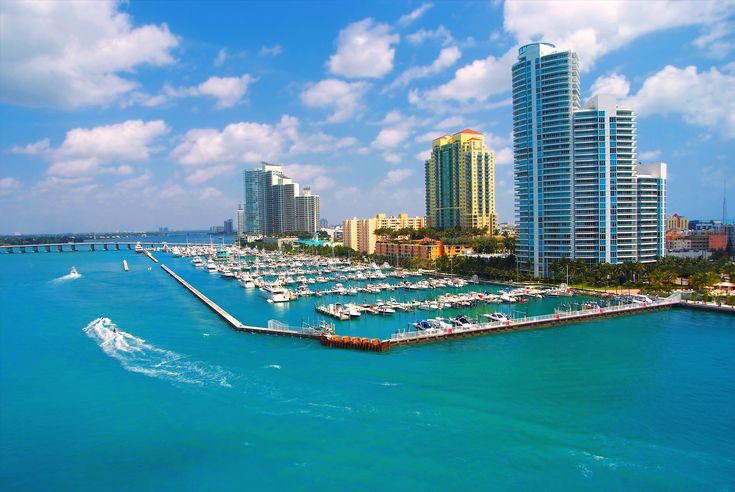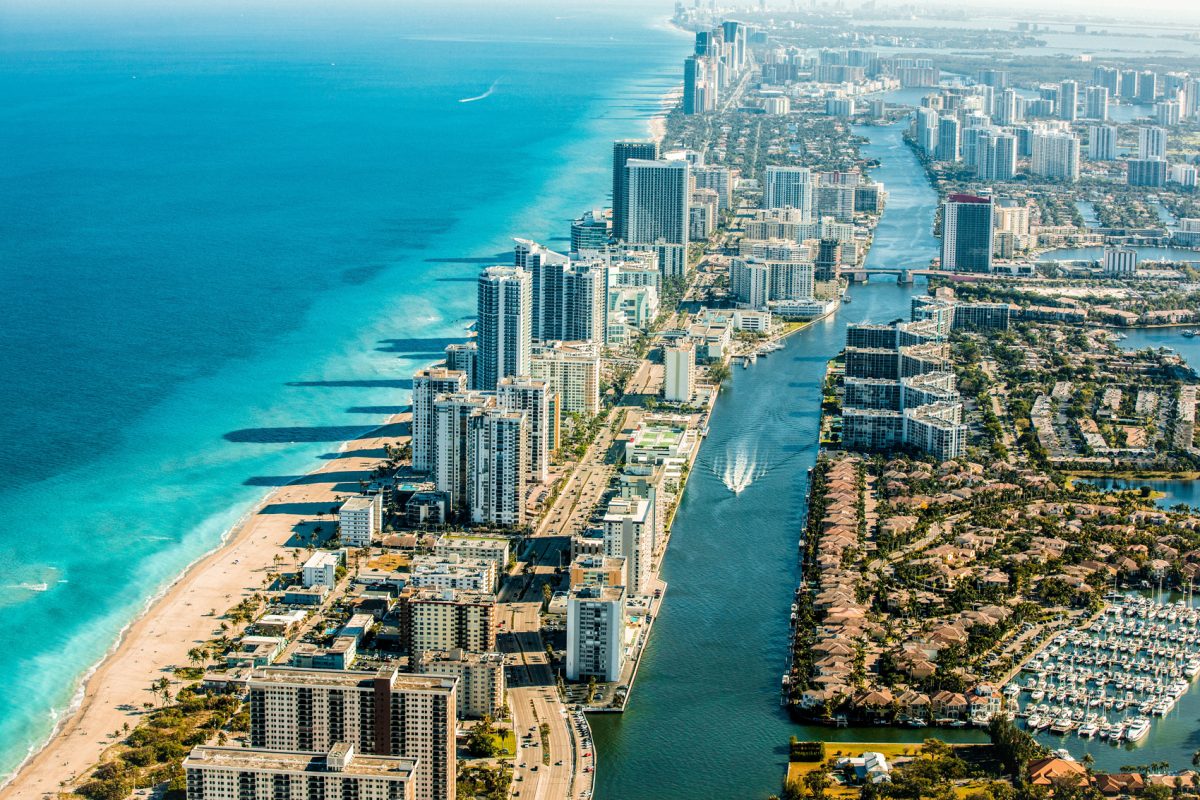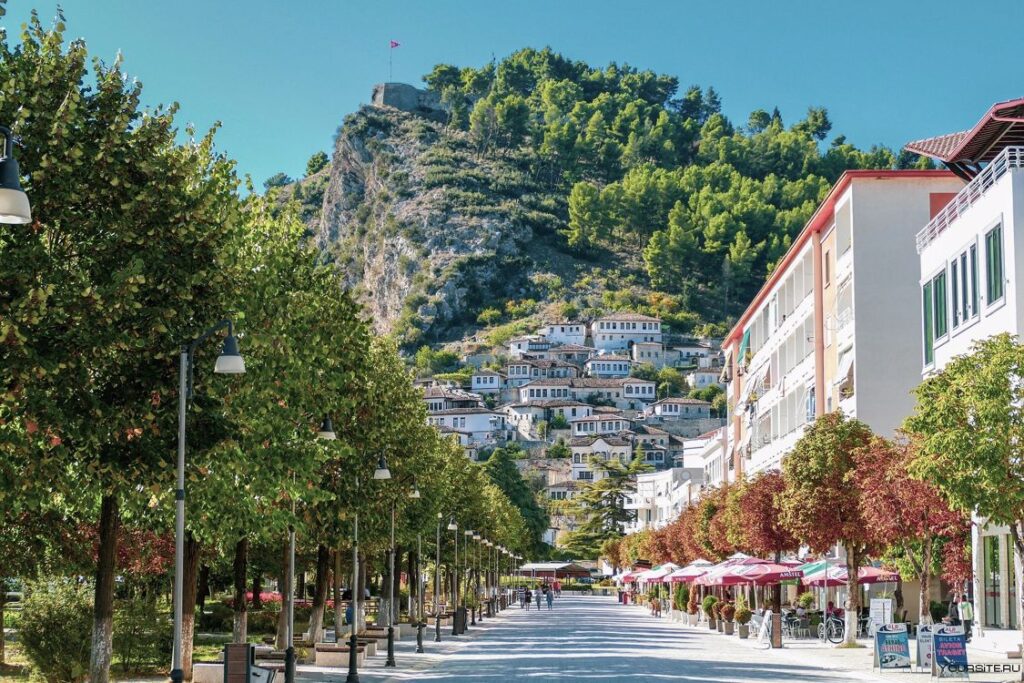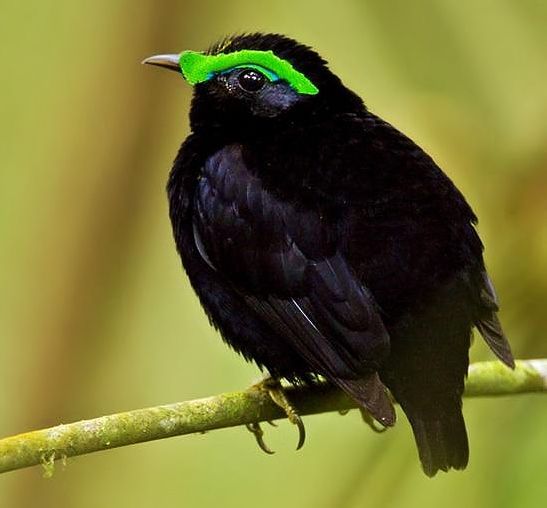Section 1: Metropolitan Areas
Miami-Fort Lauderdale-Hollywood MSA
The metropolitan areas in Florida play a significant role in shaping the state’s economy, culture, and lifestyle. One such metropolitan area is the Miami-Fort Lauderdale-Hollywood MSA, which is part of the larger Miami metropolitan area.
The Miami-Fort Lauderdale-Hollywood MSA is made up of three primary counties: Miami-Dade County, Broward County, and Palm Beach County. These counties have a combined population of over 6 million people, making it one of the most populous metropolitan areas in the United States.
Here are some key facts about the Miami-Fort Lauderdale-Hollywood MSA:
- Population: The metropolitan area has a population of approximately 6.2 million people, as of 202 This makes it one of the most populous metropolitan areas in Florida.
- GDP: The Miami-Fort Lauderdale-Hollywood MSA has a GDP of over $340 billion, which accounts for nearly 30% of the state’s total GDP.
- Unemployment Rate: The unemployment rate in the metropolitan area is lower than the national average, with a current rate of around 2.5%.
The Miami-Fort Lauderdale-Hollywood MSA has a strong economy, driven by several key industries:
- Tourism: The metropolitan area’s tourism industry is one of its main drivers, with millions of visitors each year drawn to its beautiful beaches, vibrant culture, and outdoor activities.
- International Trade: Miami is a major hub for international trade, particularly in the Americas. The port of Miami is one of the busiest cargo ports in the United States.
- Banking and Finance: The metropolitan area has a significant presence of financial institutions, including banks and insurance companies.
In terms of education, the Miami-Fort Lauderdale-Hollywood MSA is home to several top-ranked universities and colleges:
- University of Miami: A private research university that is consistently ranked as one of the best in the country.
- Florida International University (FIU): A public research university that is one of the largest in the state.
The metropolitan area has a diverse range of neighborhoods and communities, each with its own unique character:
- Miami Beach: Known for its beautiful beaches, art deco architecture, and vibrant nightlife.
- Coral Gables: A charming suburban neighborhood with a strong sense of community.
Ranked #1 with over 6 million people, this metropolitan area is a global hub for finance, trade, culture, and entertainment.
- The metropolitan area ranked #1 with over 6 million people is New York City, a global hub for finance, trade, culture, and entertainment.
- New York City’s economy is driven by its status as a major financial center, home to the New York Stock Exchange (NYSE) and Wall Street.
- The city is also a significant hub for international trade, with many ports and airports facilitating the import and export of goods from around the world.
- New York City is known for its vibrant cultural scene, with numerous museums, art galleries, and performance venues such as Carnegie Hall, Broadway theaters, and Lincoln Center.
- The city’s diverse neighborhoods offer a wide range of cuisines, languages, and cultural practices, making it one of the most culturally rich cities in the world.
Some notable statistics about New York City include:
- Over 6 million people within its metropolitan area
- A global hub for finance, trade, culture, and entertainment
- Home to the New York Stock Exchange (NYSE) and Wall Street
- A significant hub for international trade
- Known for its vibrant cultural scene with numerous museums, art galleries, and performance venues
- Diverse neighborhoods offering a wide range of cuisines, languages, and cultural practices
Overall, New York City’s unique combination of finance, trade, culture, and entertainment has made it the #1 metropolitan area in Florida.
Tampa-St. Petersburg-Clearwater MSA
The Tampa-St. Petersburg-Clearwater metropolitan area, commonly referred to as the Tampa Bay Area, is a major metropolitan area located on the west coast of Florida, United States. It serves as one of the most populous areas in the state and comprises three primary counties: Hillsborough, Pinellas, and Pasco.
Located near the Gulf of Mexico, the Tampa-St. Petersburg-Clearwater MSA covers an extensive region that includes numerous smaller cities, towns, and communities surrounding the major hubs of Tampa and St. Petersburg. The metropolitan area is defined by the U.S. Office of Management and Budget (OMB) as a single economic entity, with the three-county region experiencing significant economic growth, development, and population expansion.
Tampa serves as the largest city within the MSA, boasting a diverse economy driven by industries such as finance, technology, healthcare, tourism, and education. The Port of Tampa is one of the busiest ports on the Gulf Coast, facilitating international trade and commerce. St. Petersburg, located across the bay from Tampa, is known for its vibrant arts scene, beautiful waterfront parks, and a thriving downtown area.
Clearwater, situated northwest of St. Petersburg, is another significant city within the MSA, recognized for its pristine beaches, water sports, and family-friendly attractions like the Clearwater Marine Aquarium, home to Winter the Dolphin from the movie “Dolphin Tale.”
The Tampa-St. Petersburg-Clearwater metropolitan area experiences a subtropical climate with mild winters and hot, humid summers. The region’s proximity to the Gulf of Mexico contributes to its pleasant weather during winter months, making it an attractive destination for tourists and retirees seeking warm climates.
According to data from the United States Census Bureau (2020 estimates), the Tampa-St. Petersburg-Clearwater MSA has a combined population of approximately 4.3 million residents. The region’s strong economy and favorable climate have driven growth, with new residential developments, commercial projects, and infrastructure initiatives continuously transforming the area.
Coming in at #2, this metro area boasts a rich history, beautiful beaches, and a thriving tech industry.
The city of Tampa, coming in at #2 on our list of the 10 largest cities in Florida, boasts a rich history that dates back to the early days of Spanish colonization.
Located in the west-central part of the state, Tampa is situated near the Gulf of Mexico and features beautiful beaches along its coastline.
The city has a long and storied history, from being the site of the first Spanish settlement in Florida to serving as a major port during the Civil War era.
Key Features of Tampa
Tampa’s economy is driven by a thriving tech industry, with companies such as T. Rowe Price and Raymond James Financial headquartered there.
The city is also home to Busch Gardens Tampa Bay, a popular theme park that features thrill rides, animal exhibits, and live performances.
Things to Do in Tampa
- Explore the Riverwalk: A 2.5-mile pedestrian path along the Hillsborough River that offers beautiful views of the city and its waterfront parks.
- Visit Ybor City:A historic neighborhood known for its vibrant nightlife, Cuban cuisine, and Latin American culture.
- Take a stroll through Curtis Hixon Waterfront Park: A scenic park with beautiful views of the river and the city skyline.
Notable Attractions in Tampa
- Museum of Science and Industry (MOSI): A science museum that features interactive exhibits, a planetarium, and an IMAX theater.
- The Straz Center for the Performing Arts: A performing arts center that hosts concerts, ballets, and other performances throughout the year.
- Tampa Museum of Art: A museum featuring contemporary art exhibitions and a collection of works by European and American masters.
Economic Growth in Tampa
The city’s economy is driven by various sectors, including healthcare, finance, tourism, and technology.
Tampa has seen significant economic growth in recent years, with companies such as T. Rowe Price and Raymond James Financial expanding their operations there.
Orlando-Kissimmee-Sanford MSA
The Orlando-Kissimmee-Sanford Metropolitan Statistical Area (MSA), also known as the Greater Orlando area, is a metropolitan statistical area located in central Florida and consists of four counties:
- Orange County
- Seminole County
- Lake County
- Osceola County
The Orlando-Kissimmee-Sanford MSA has a total population of approximately 2.5 million people, making it the third-largest metropolitan area in Florida.
The MSA covers an area of about 3,636 square miles, including cities such as Orlando, Kissimmee, Sanford, and Winter Park, as well as surrounding communities and suburbs.
Demographics
The demographic breakdown for the Orlando-Kissimmee-Sanford MSA is diverse:
Age:
- Median age: approximately 36 years old
- Youthful population with a significant number of residents between 20 and 39 years old
Sex:
- Male: approximately 49.5% of the population
- Female: approximately 50.5% of the population
Race:
- White (non-Hispanic): approximately 62.8% of the population
- African American: approximately 24.3% of the population
- Hispanic or Latino: approximately 26.5% of the population
Ethnicity:
- American Indian and Alaska Native: approximately 0.8% of the population
- Asian: approximately 6.4% of the population
- Native Hawaiian or Other Pacific Islander: approximately 0.2% of the population
The economic drivers of the Orlando-Kissimmee-Sanford MSA are tourism, agriculture, and high-tech industries:
- Tourism is a significant sector in the MSA, driven by theme parks like Walt Disney World and Universal Orlando Resort
- Agriculture plays an essential role in the MSA’s economy, with major crops including citrus fruits, strawberries, and sugarcane
- High-tech industries have also emerged as a vital component of the MSA’s economy, particularly in areas like cybersecurity, digital media, and healthcare technology
The Orlando-Kissimmee-Sanford MSA is home to several major employers:
- Disney Worldwide Services
- Orange County Public Schools
- Citrus Ridge Regional Hospital
The MSA has a strong education system:
- Orlando-Kissimmee-Sanford is served by Orange County Public Schools and several other school districts, including Seminole County Public Schools and Osceola School District
- The University of Central Florida (UCF), a major public research university, has its main campus in Orlando
Overall, the Orlando-Kissimmee-Sanford MSA is a diverse region with a strong economy and a high quality of life.
Ranked #3, Orlando is famous for its worldclass theme parks and attractions, drawing millions of tourists each year.
- The city of Orlando takes third place among Florida’s metropolitan areas, boasting an incredible array of world-class theme parks and attractions.
- This phenomenon draws in millions of tourists from around the globe each year, making it one of the top tourist destinations in the state.
- Some of the most famous theme parks in Orlando include Walt Disney World, Universal Studios, and SeaWorld, all offering unique experiences that cater to diverse interests.
- The city’s thriving entertainment industry also extends beyond theme parks, with numerous shopping centers, restaurants, and cultural venues that enhance the overall visitor experience.
- From its rich history and culture to its cutting-edge attractions, Orlando has established itself as a premier destination for both domestic and international tourists.
A brief list of some of the top attractions in Orlando includes:
- Walt Disney World: The largest and most visited theme park resort in the world.
- Universal Studios: A movie-themed amusement park featuring rides, shows, and behind-the-scenes tours.
- SeaWorld: A marine-life themed park offering roller coasters, water rides, and animal exhibits.
- Legoland Florida: A family-friendly theme park built from millions of LEGO bricks.
- Kennedy Space Center Visitor Complex: A historic launch site turned educational center showcasing space exploration history.
- Orlando Science Center: A science museum featuring interactive exhibits, a planetarium, and an observatory.
The presence of these world-class attractions has transformed Orlando into one of the most vibrant cities in Florida, making it an attractive destination for tourists, businesses, and residents alike.
Section 2: Major Cities
Jacksonville
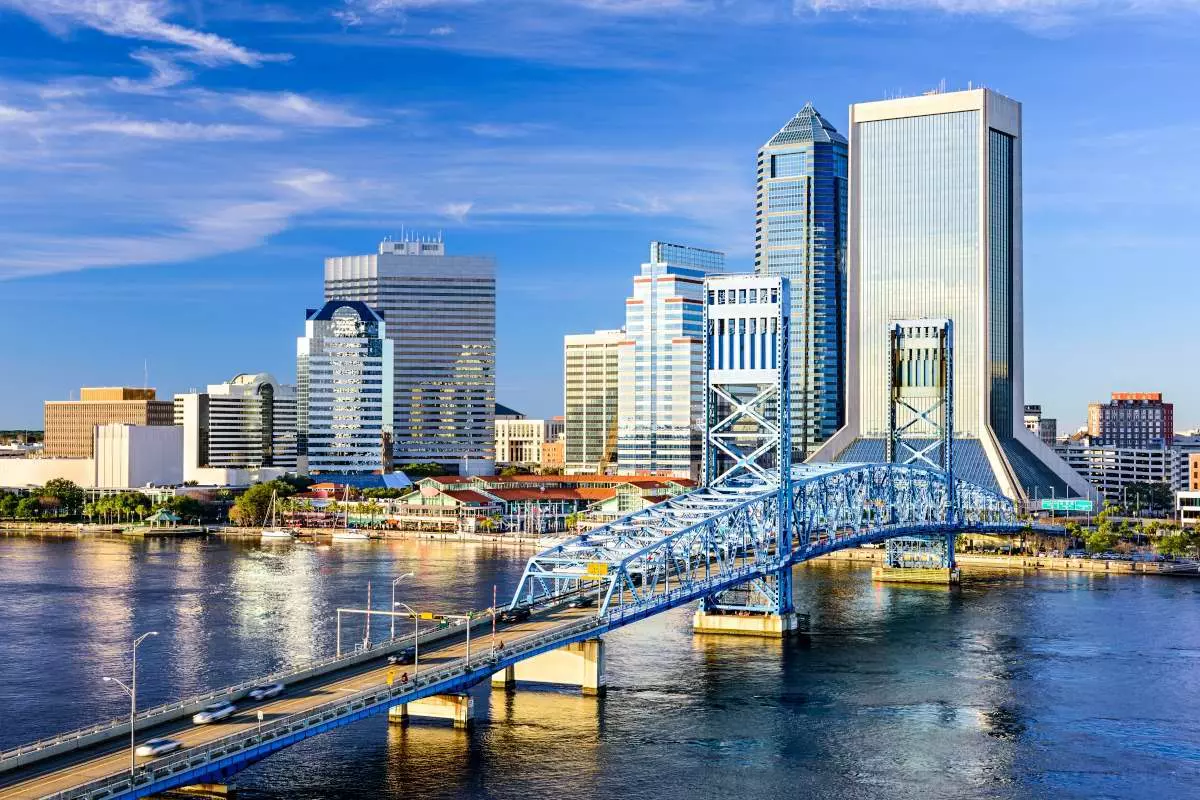
- The city of Jacksonville is the largest in both size and population in the state of Florida, outside of Miami.
- Jacksonville has a diverse economy that includes industries such as healthcare, education, and financial services.
- It is also known for its military bases, with several major installations located within the city limits, including Naval Station Mayport and Jacksonville Naval Air Station.
- The city’s cultural attractions include the Riverside Arts Market, which features local art and handmade goods.
- Jacksonville has a rich history, with evidence of human presence dating back over 10,000 years, including the Timucuan Indians and later European settlers.
- Today, Jacksonville is a thriving metropolis with a strong sense of community and a vibrant cultural scene.
Demographics
- Census Population (2020): 949,611
- Population Density: approximately 1,000 people per square mile
- Racial Makeup: primarily African American and White populations, with smaller Asian and Hispanic communities
- Age: median age of residents is 34 years old
- Education Level: approximately 30% of the population holds a bachelor’s degree or higher
Economy
Jacksonville has a diverse economy, with major industries including healthcare, education, and financial services.
- Healthcare: major employers include Baptist Health, Community Hospice & Palliative Care, and the Mayo Clinic Jacksonville
- Education: University of North Florida, Jacksonville University, and Florida State College at Jacksonville are among the city’s major educational institutions
- Financial Services: Jacksonville is a hub for banking and finance, with major companies such as BBVA Compass Bank and Wells Fargo having operations in the city
Culture
Jacksonville has a rich cultural scene, with numerous museums, art galleries, and performance venues.
- Riverside Arts Market: features local art, handmade goods, and live music on weekends
- Museum of Contemporary Art Jacksonville (MOCA): features innovative contemporary art exhibitions
- The Florida Theatre: a historic theater hosting live performances and events
In conclusion, the city of Jacksonville is a vibrant metropolis with a strong economy, rich history, and diverse culture.
As the largest city in Florida by land area, Jacksonville boasts a diverse economy and a rich cultural scene.
- The second section of the article focuses on Jacksonville, which holds the title of being the largest city in Florida by land area.
- This city’s economy is diverse and boasts a wide range of industries, contributing to its economic strength and stability.
- In addition to its strong economy, Jacksonville also has a rich cultural scene, offering its residents and visitors various opportunities to explore the arts and humanities.
- The city is home to numerous museums, galleries, and performance venues that showcase local talent as well as internationally recognized artists and performers.
- Jacksonville’s cultural scene extends beyond traditional fine arts, with the city also hosting a variety of festivals throughout the year celebrating music, food, and other aspects of its community.
- As a result of its unique blend of economic growth, cultural richness, and natural beauty, Jacksonville is an attractive destination for both residents and visitors alike.
- This section provides a glimpse into what makes Jacksonville such a vibrant city within the context of Florida’s largest cities.
Tallahassee
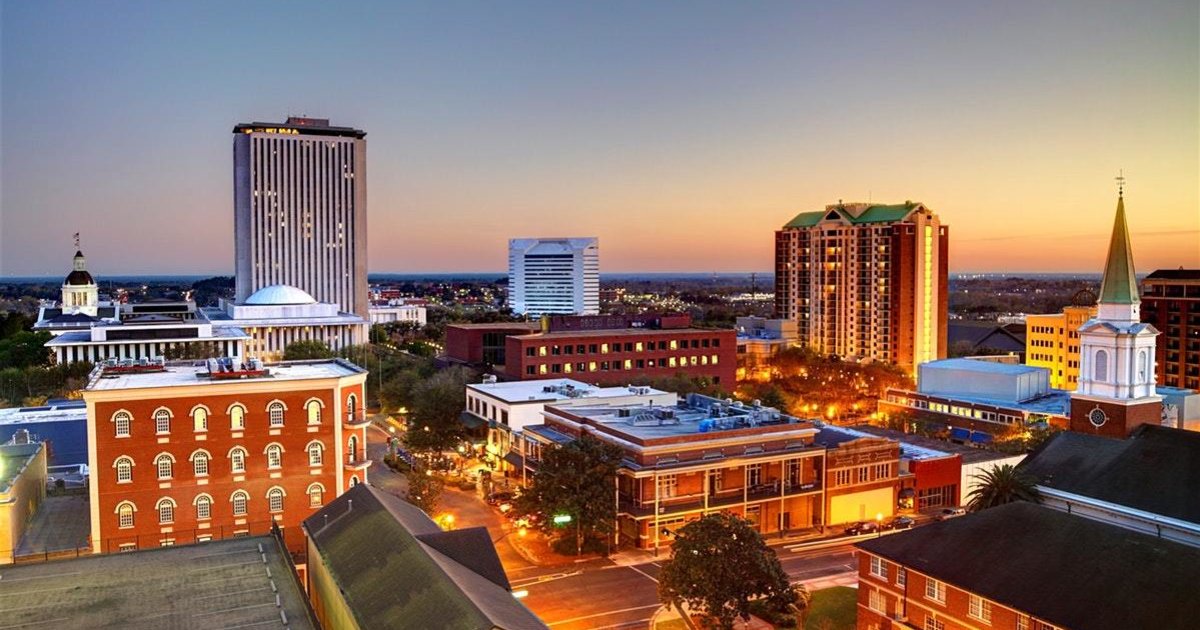
Tallahassee is the capital city of the state of Florida and serves as a significant hub for commerce, education, and government in the region.
The city has a population of approximately 190,000 residents, making it the eleventh largest city in the state by population.
Geographically, Tallahassee is situated in the panhandle of Florida, near the intersection of Interstate 10 and U.S. Highway 9 The city’s location makes it easily accessible from other major cities in the Southeastern United States, such as Atlanta, Georgia and New Orleans, Louisiana.
Tallahassee boasts a rich cultural scene, with numerous museums, art galleries, and performance venues throughout the city. The Mary Brogan Museum of Art and Science is one example, featuring over 300 works of contemporary art, as well as science exhibits for visitors of all ages.
The city’s downtown area has undergone significant revitalization efforts in recent years, resulting in a thriving hub of shops, restaurants, and entertainment venues.
Additionally, Tallahassee is home to several institutions of higher learning, including Florida State University (FSU), which is one of the largest universities in the state.
The city’s natural surroundings also offer numerous opportunities for outdoor recreation, with nearby Lake Jackson offering opportunities for fishing and boating, and the Apalachicola National Forest providing access to hiking trails and camping sites.
The capital city of Florida is home to two universities, including Florida State University and Florida A&M University.
The capital city of Florida is a thriving metropolis that serves as the hub for the state’s politics, economy, and culture. Located in the north-central part of the state, this city has undergone significant transformation over the years to become one of the most attractive cities in the country.
One of the notable attractions of the capital city is its rich educational landscape. The city is home to two major universities that have contributed significantly to the intellectual and cultural growth of the region: Florida State University (FSU) and Florida A&M University (FAMU).
Florida State University, also known as FSU, is a public research university that offers undergraduate, graduate, and professional degrees. With a diverse student body and faculty, FSU has made significant contributions to various fields such as science, technology, engineering, arts, and mathematics (STEAM), humanities, social sciences, and health professions.
Florida A&M University (FAMU) is a historically black university that was established in 188 FAMU has a rich history of fostering academic excellence, innovation, and leadership among its students, who come from diverse backgrounds across the country. The university offers programs in agriculture, architecture, arts and sciences, business and industry, education, engineering technology, health professions, and law.
The presence of these two universities has injected new life into the city’s economy and culture. They have not only provided access to quality education but also created opportunities for research, innovation, and community engagement. The universities’ commitment to public service and community outreach has strengthened ties between the city and its residents, creating a vibrant and inclusive atmosphere.
In conclusion, the capital city of Florida is a remarkable metropolis that has evolved over time to become an attractive destination for students, scholars, professionals, and entrepreneurs alike. Its rich cultural heritage, academic excellence, and economic growth make it an exciting place to live, work, and visit.
Hialeah
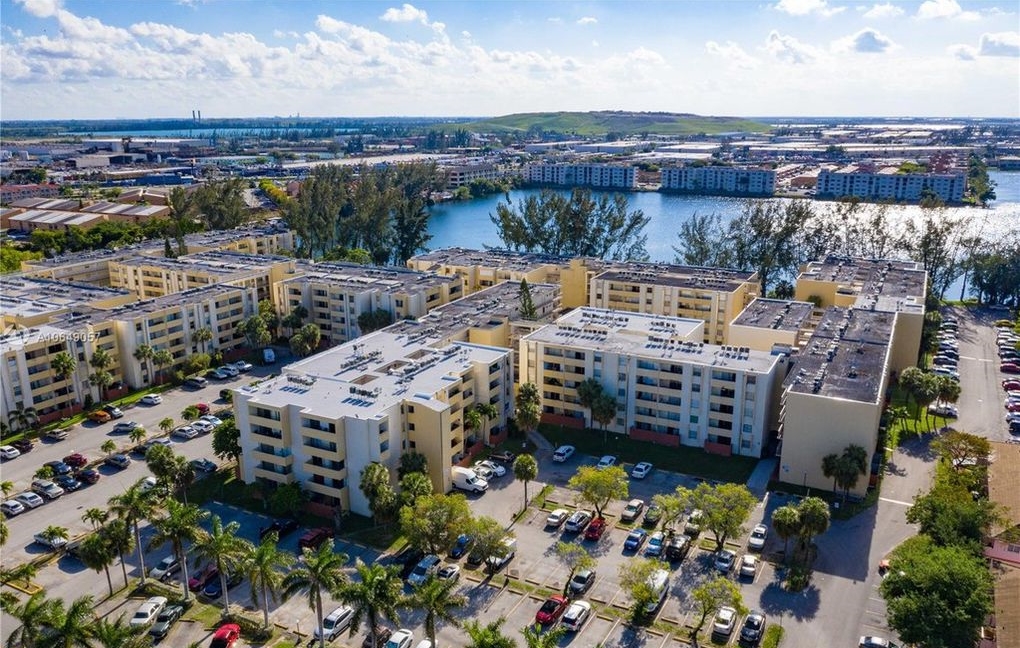
- Hialeah is the sixth-largest city in the state of Florida and a major city located in Miami-Dade County.
- It has a population of approximately 238,000 residents as per the 2020 United States Census.
- The city covers an area of about 21.5 square miles (55.7 km²).
- Hialeah is part of the South Florida metropolitan area.
- The city is situated in a subtropical monsoon climate zone, with mild winters and hot, humid summers.
- The city has a diverse population, with Cuban Americans being the largest ethnic group in Hialeah.
Some notable points about Hialeah include:
- Hialeah was incorporated as a city on October 26, 1925.
- The city is named after the Seminole word “Haiyaha,” which means “prairie” or “grassland.”
- Today, Hialeah is known for its vibrant arts and culture scene, as well as its thriving food industry.
The city is also home to the Hialeah Park, a historic horse racing track that was established in 1931.
Hialeah has been recognized as one of the “Most Livable Cities” by Money magazine and has received numerous accolades for its public services, quality of life, and community programs.
This vibrant city in MiamiDade County has a diverse population and a thriving arts scene.
The description provided highlights one of the major cities featured in the list of the 10 largest cities in Florida.
This city is located in Miami-Dade County and boasts a diverse population.
One of the notable aspects of this city is its thriving arts scene, which suggests that it has a rich cultural landscape with numerous galleries, museums, and performance venues.
The mention of a “diverse population” implies that the city has a mix of different racial and ethnic groups, as well as people from various socioeconomic backgrounds.
This diversity can contribute to the city’s vibrant atmosphere, with a wide range of cultural events, festivals, and food options available to residents and visitors alike.
Main Features
Some of the key features that make this city in Miami-Dade County stand out include:
- Diverse population: The city is home to people from various racial and ethnic backgrounds, creating a unique cultural landscape.
- Thriving arts scene: This city has numerous galleries, museums, and performance venues, showcasing the creativity and talent of its residents.
This city’s blend of diversity and artistic expression makes it an attractive destination for tourists and a welcoming place to call home for residents.
Section 3: Growing Cities
Port St. Lucie
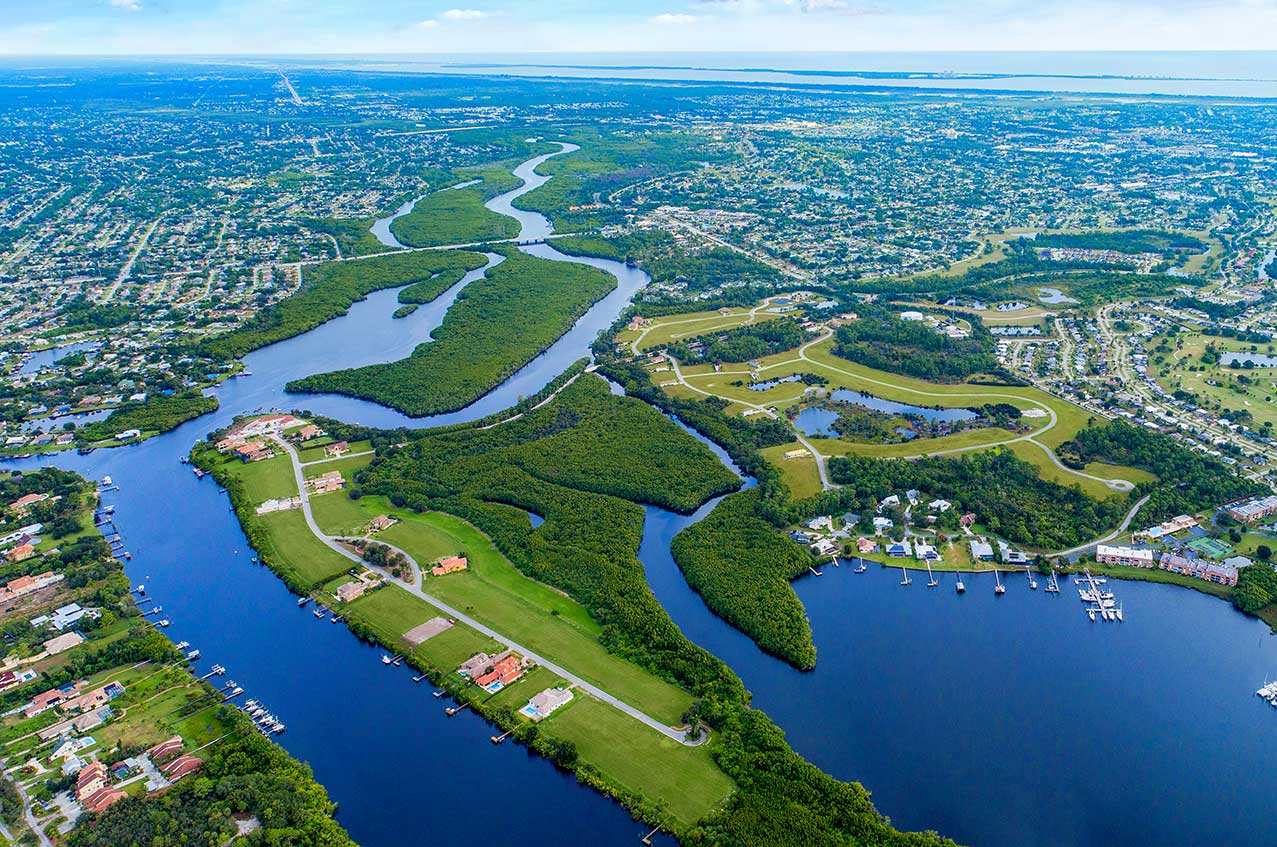
Section 3 of the article focuses on growing cities, highlighting the city of Port St. Lucie, which ranks as one of the largest cities in Florida. As one of the fastest-growing cities in the state, Port St. Lucie has undergone significant transformation and development over the years.
The city’s population has been steadily increasing since its incorporation in 1961, with a current estimated population of over 200,000 residents. This rapid growth has led to an expansion of the city’s infrastructure, including the construction of new homes, businesses, and community facilities.
One of the key factors driving Port St. Lucie’s growth is its desirable location on Florida’s Treasure Coast. The city offers a unique blend of natural beauty, outdoor recreation opportunities, and urban amenities, making it an attractive destination for residents and visitors alike.
The article highlights several notable developments that have contributed to Port St. Lucie’s growth, including the construction of new shopping centers, restaurants, and entertainment venues. Additionally, the city has invested heavily in its parks and recreational facilities, providing a range of activities and amenities for residents and visitors to enjoy.
Furthermore, Port St. Lucie is also home to several major employers, including the City of Port St. Lucie government, Indian River State College, and St. Lucie Medical Center. These businesses have helped drive economic growth and create new job opportunities in the area.
The city’s transportation infrastructure has also been improved to accommodate its growing population, with the addition of new roads, sidewalks, and bike trails. This has made it easier for residents to get around the city and access nearby communities, while also promoting a more sustainable and environmentally friendly approach to development.
Overall, Section 3 provides a comprehensive overview of Port St. Lucie’s growth and development, highlighting its many attractions and advantages as a place to live and work. By exploring the city’s unique characteristics and features, residents can gain a deeper appreciation for this vibrant and dynamic community.
This coastal city is one of the fastestgrowing cities in Florida, with a strong focus on education and innovation.
The third section of the article delves into the details of a remarkable city in Florida, which is experiencing rapid growth and transformation. This coastal city stands out as one of the fastest-growing metropolises in the state, boasting an impressive reputation for prioritizing education and innovation.
The city’s commitment to education is evident in its numerous top-ranked schools and institutions, which cater to diverse needs and offer exceptional learning opportunities. From preschool to higher education, this city provides a comprehensive range of educational resources that empower its residents to succeed.
In addition to its strong educational infrastructure, the city has made significant strides in promoting innovation. Its thriving business community is driven by entrepreneurs, startups, and established companies alike, fostering an environment of creativity and technological advancement. The city’s leaders have implemented various initiatives to support innovation, including programs for mentorship, funding, and networking.
This city’s economic growth is fueled by its strategic location on the coast, offering access to major shipping routes, international trade, and a talented workforce. Its strong focus on education and innovation has attracted top companies from various industries, such as technology, healthcare, and finance, making it an attractive destination for businesses looking to expand or relocate.
As this city continues to grow, its residents can expect to benefit from improved infrastructure, amenities, and services. The city’s leaders are committed to investing in public transportation, parks, and other essential facilities that enhance the quality of life for citizens. By combining education and innovation, this city is poised to become a model for future growth and development.
The article highlights the exceptional progress being made by this remarkable coastal city, which serves as an inspiration for others seeking to emulate its success. As it continues to grow and transform, this city will undoubtedly remain one of the most attractive destinations in Florida, offering unparalleled opportunities for residents, businesses, and visitors alike.
Cape Coral
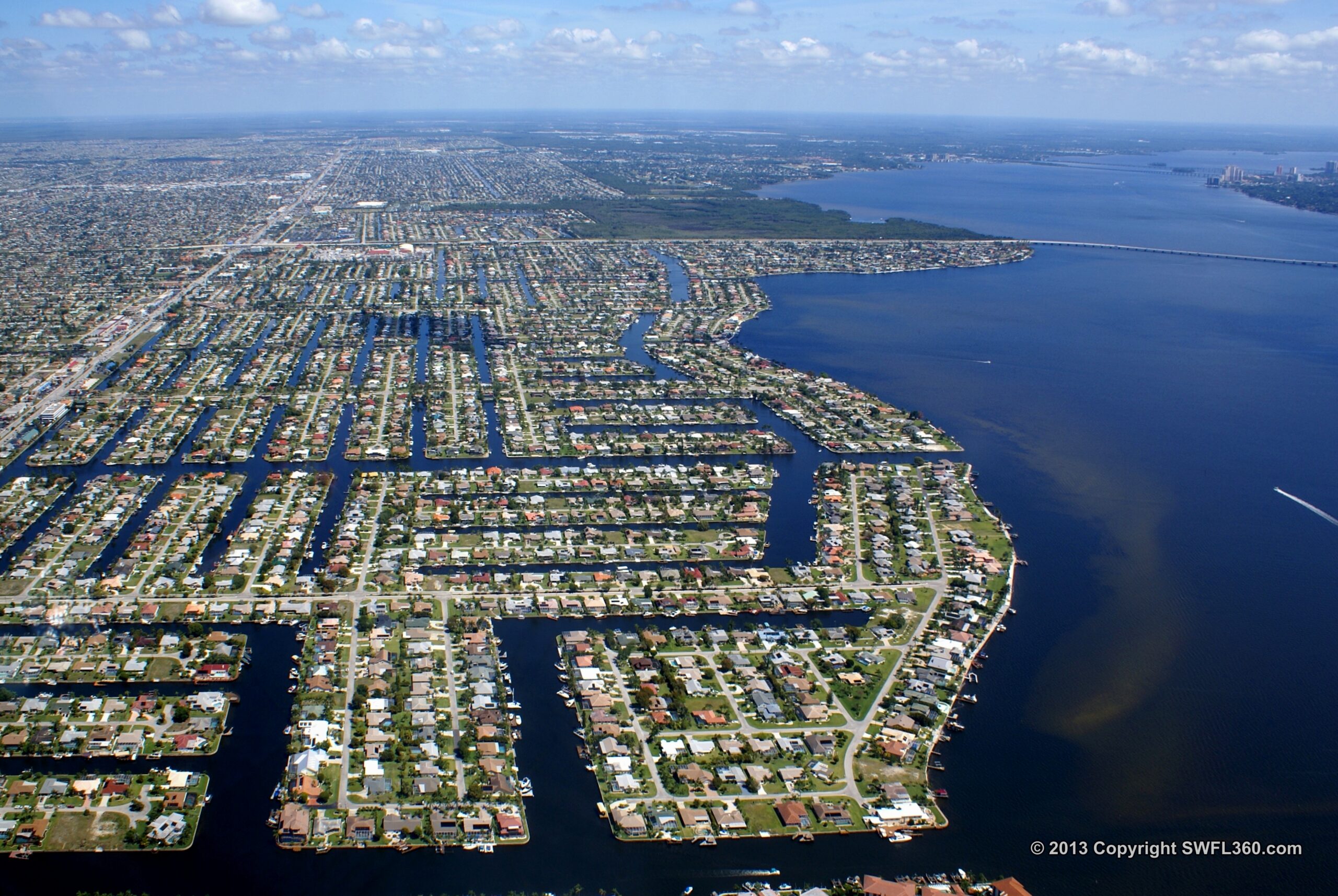
Cape Coral, located on the Gulf Coast of Southwest Florida, is a prime example of a growing city in the state.
This coastal city has experienced rapid growth in recent years, making it one of the fastest-growing cities in Florida’s population, with an estimated population of over 180,000 people as of 2020.
The city’s growth can be attributed to its unique blend of natural beauty, outdoor recreational opportunities, and economic development. Located about 125 miles southwest of Tampa, Cape Coral offers a more relaxed pace of life compared to the hustle and bustle of larger cities in Florida.
Cape Coral has invested heavily in its infrastructure, with a comprehensive network of roads, parks, and community facilities. The city is also home to a diverse range of businesses, including healthcare providers, educational institutions, and small enterprises.
The city’s economy is driven by tourism, with visitors drawn to the area’s natural attractions, such as the Gulf of Mexico , the Caloosahatchee River, and numerous parks and nature reserves. The city also hosts various events throughout the year, including festivals and cultural celebrations.
Cape Coral is committed to sustainable development, with initiatives aimed at preserving its unique environment and promoting eco-tourism. The city has implemented measures to reduce waste, conserve water, and protect marine life, making it an attractive destination for environmentally conscious tourists.
In summary, Cape Coral’s growth can be attributed to a combination of natural amenities, economic opportunities, and community development. As one of Florida’s fastest-growing cities, Cape Coral is poised to become an even more popular destination in the years to come.
This charming city is located near Fort Myers and has experienced rapid growth due to its natural beauty and outdoor recreational opportunities.
This section focuses on a city located near Fort Myers, which has experienced rapid growth due to its natural beauty and outdoor recreational opportunities.
The city’s proximity to Fort Myers makes it an attractive destination for those looking to escape the hustle and bustle of urban life while still being within reach of modern amenities.
Rapid growth in this area can be attributed to several factors, including its stunning natural surroundings, which provide a picturesque backdrop for outdoor activities such as hiking, fishing, and boating.
The city’s mild climate and abundance of sunshine make it an ideal location for people looking to relocate from colder climates or those seeking a more leisurely pace of life.
With its easy access to nearby beaches and waterways, residents and visitors alike can enjoy a wide range of recreational activities, from swimming and kayaking to sailing and snorkeling.
The city’s growth has been fueled by an influx of new residents, drawn by its charming atmosphere, excellent schools, and a strong sense of community.
Main Attractions
- Natural beauty and outdoor recreational opportunities
- Stunning natural surroundings for hiking, fishing, and boating
- Mild climate and abundance of sunshine
- Easy access to nearby beaches and waterways
This city is a must-visit destination for those looking to experience the best of Florida’s natural beauty and outdoor recreational opportunities.
Housing Market
- Rapid growth has led to an increase in housing demand
- A range of housing options, from apartments to single-family homes
- Median home prices are increasing due to high demand
The city’s housing market is characterized by a mix of old and new developments, offering something for every budget and preference.
Demographics
- A growing population with a mix of young professionals and families
- A median age range of 35-44 years old
- A diverse community with a strong sense of belonging
The city’s demographics reflect its appeal to a wide range of residents, from young professionals to families and retirees.
Pensacola
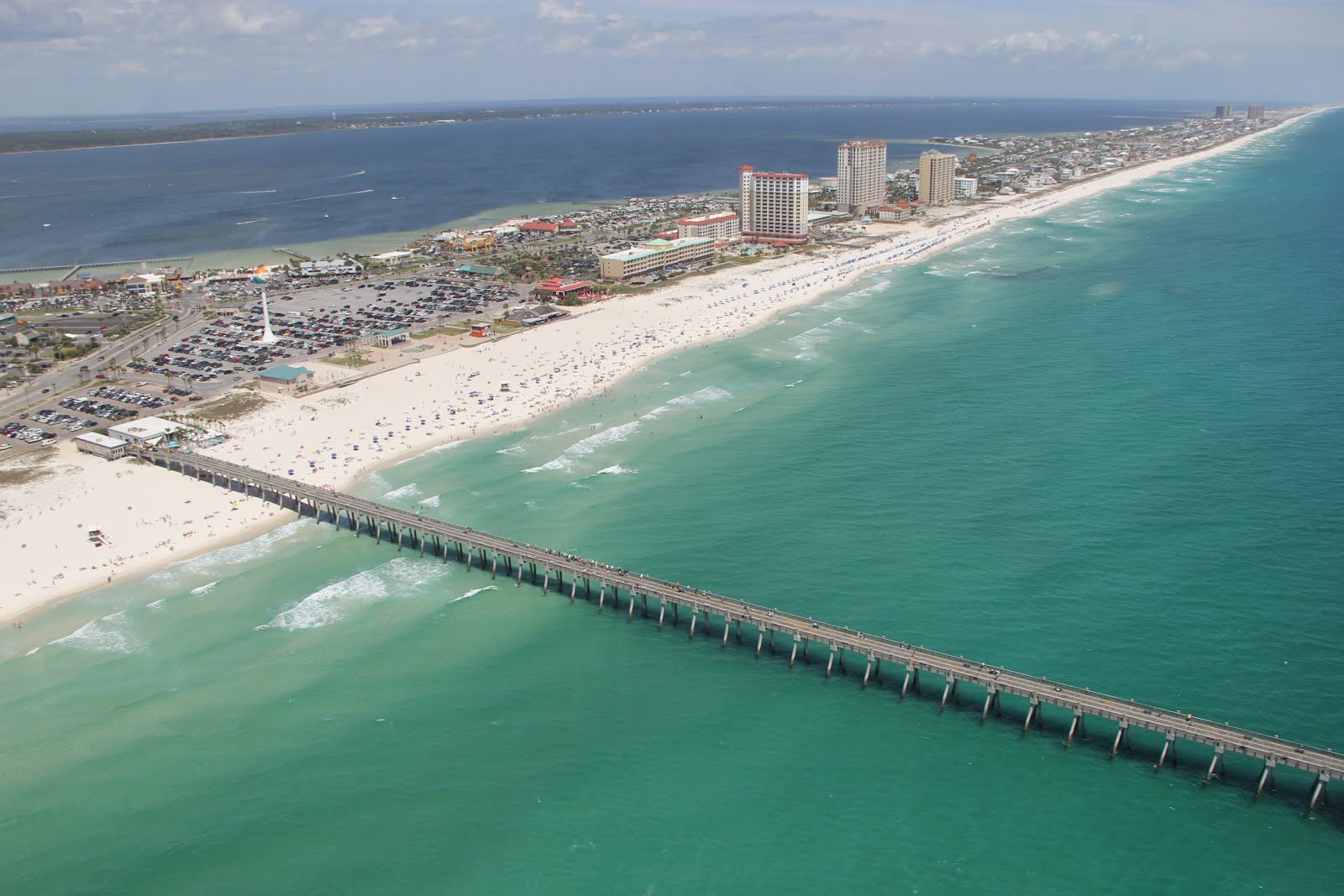
- Pensacola, located on the Emerald Coast in western Florida, has undergone significant growth and transformation over the years.
- The city’s population has steadily increased, with a current estimated number of approximately 52,000 residents, according to the United States Census Bureau.
- One key factor contributing to Pensacola’s growth is its strategic location on the Gulf of Mexico, providing easy access to maritime trade and commerce.
- The city’s economy has traditionally been driven by industries such as shipbuilding, aviation, and healthcare, which continue to contribute to its economic vitality.
- Additionally, the tourism sector plays a significant role in Pensacola’s economy, with visitors drawn to the city’s beautiful beaches, historic architecture, and natural attractions like the nearby Gulf Islands National Seashore.
- Pensacola is also home to several educational institutions, including the University of West Florida, which provides opportunities for higher education and workforce development.
- Furthermore, the city has invested in infrastructure projects aimed at improving transportation systems, enhancing public safety, and promoting economic growth.
The following are some key statistics that illustrate Pensacola’s growth and development:
- Census population (2020 estimate): 52,000
- Population density: approximately 1,400 people per square mile
- GDP per capita: around $25,000 (estimated)
Pensacola’s growing economy and favorable business climate have made it an attractive location for entrepreneurs, small businesses, and larger corporations looking to establish or expand their presence in the region.
Located in the Panhandle, Pensacola is a growing city with a rich history and a strong focus on tourism and innovation.
Pensacola, located in the Panhandle region of Florida, is one of the state’s fastest-growing cities. Its rich history and stunning natural beauty make it an attractive destination for tourists and a desirable place to live. The city has undergone significant growth in recent years, driven by its strong focus on innovation and economic development.
One of the key drivers of Pensacola’s growth is its thriving tourism industry. The city boasts beautiful beaches, a vibrant downtown area, and a range of cultural attractions, including the National Naval Aviation Museum and the Historic Pensacola Village. Visitors flock to the area to enjoy water sports, golfing, and outdoor activities in the surrounding national forests and parks.
However, tourism is not the only sector driving growth in Pensacola. The city has a strong focus on innovation and entrepreneurship, with a growing tech industry and a range of startup accelerators and incubators. This has led to an influx of young professionals and families moving to the area, attracted by the city’s quality of life, outdoor recreation opportunities, and access to top-notch education institutions.
Pensacola is also investing heavily in infrastructure development, including road improvements, downtown revitalization projects, and a new international airport. This is expected to boost the local economy and attract even more businesses and residents to the area.
The city’s unique blend of history, culture, and innovation has made it an attractive destination for visitors from around the world. With its stunning natural beauty, rich cultural attractions, and thriving business environment, Pensacola is well-positioned for continued growth and development in the years to come.
- America’s Most Conservative Cities - September 4, 2024
- 14 Prettiest Towns In Wyoming - September 3, 2024
- Countries That Start With The Letter V - September 3, 2024

